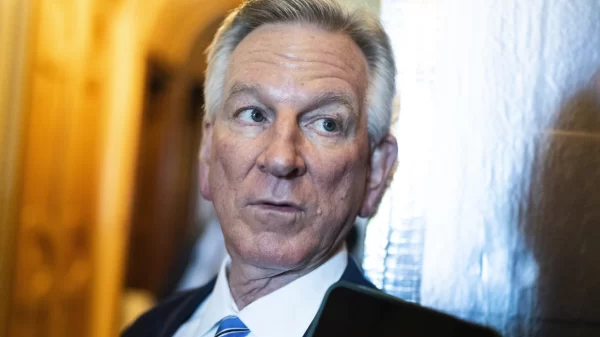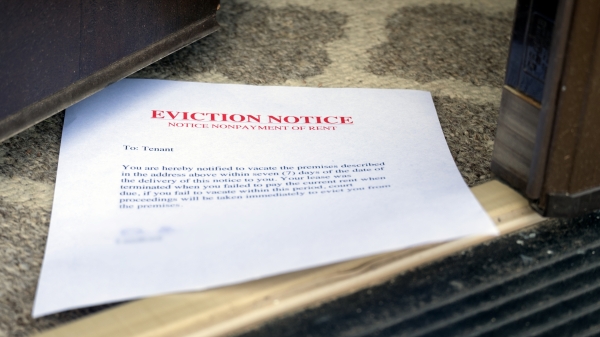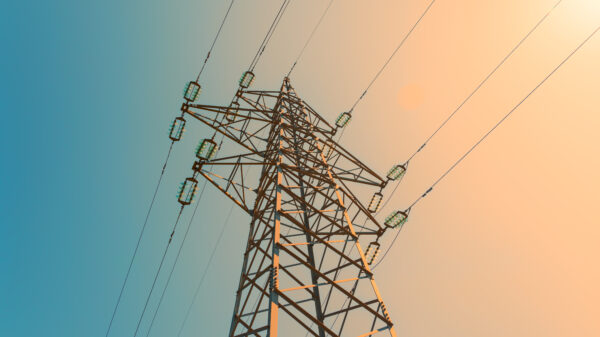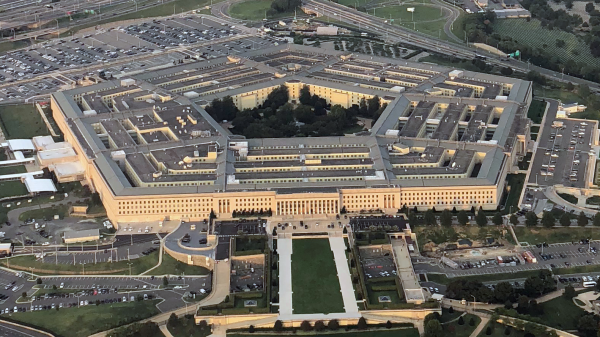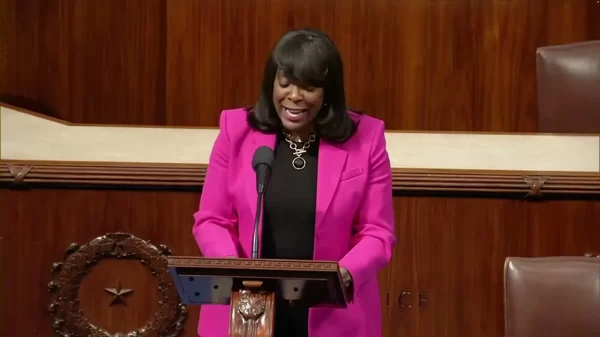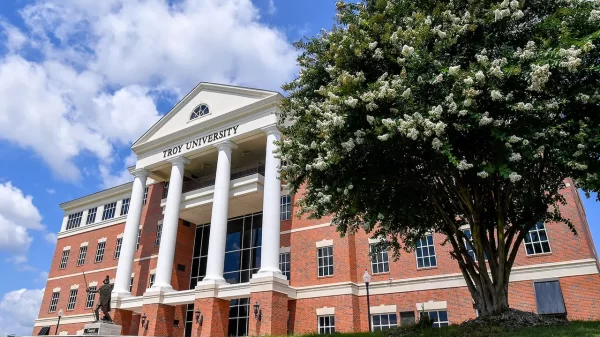In 2022, the Biden administration issued $7 billion in federal grants to help 900,000 lower-income families install solar panels on their homes in an effort to promote green energy and reduce energy costs. However, last month, the Trump administration canceled those grants, confounding the program’s 60 recipients—ranging from state agencies to nonprofit groups and Native American tribes—and leaving their projects hanging in the balance.
One of those grant recipients is the Southeast Rural Power Coalition, a group of municipal and rural cooperative utilities organized by Groundswell, a non-profit 501(c)(3) organization focused on expanding energy resilience in communities and reducing energy costs. The coalition was originally awarded a 5-year, $156 million contract from the EPA as a part of the Solar for All program, with that money going to 10 different local solar and energy storage projects across 7 states in the Southeast, including two projects in Huntsville and Lanett, Alabama that were nearly underway.
APR spoke with Groundswell CEO Michelle Moore to learn more about what the Trump administration’s cancellation of Solar for All means for the future of those projects and what the Southeast Rural Power Coalition is doing to fight back.
“[The projects are] hanging in the balance,” Moore told APR. “We’re not giving up on the process with EPA because the termination letter, you know, getting a termination letter is the [first] step. I mean, it’s a contract, right? We have a fully executed contract. So we’re in the process of disputing the termination.”
“We still have some hope that the federal government will stand behind its contractual commitment to our neighbors in Alabama and our neighbors across the Southeast, and at least fund the projects like the shovel ready projects that were just waiting for the contract to be signed,” Moore continued. “And so we haven’t given up on that. But at the same time, we’re also looking for alternative ways to get these projects built because our region is short on power. We need every electron we can get.”
As for how members of the community in Huntsville and Lanett are reacting to the EPA’s termination of the program, Moore says there is “tremendous frustration.”
“This isn’t unique to our region or unique to Alabama, but people’s electricity bills are up by almost 10 percent since the beginning of the year, and that’s a combination of factors. In some cases, it’s electricity rates going up. In some cases, it’s been hot as blazes… And then it’s also just supply and demand,” Moore explained.
“America does not have enough power to meet the demand of all these [AI] data centers coming online. And what happens when demand outside exceeds supply? Prices go up,” she continued. “And so we’ve heard in some cases from the local people that we serve, confusion. President Trump committed to cut electricity bills in half for American families when he was running for office. Well, people’s bills are going up, and this is an initiative that would add energy capacity to the grid and cut people’s bills, but the administration just terminated it.”
Moore stressed that the projects would not only be cost-effective but would be significant boons for communities that simply need more power.
“The pricing that we got on these projects is excellent. I mean the pricing that we got is as low as $1.80 per watt installed, which is as good as it gets,” Moore stated. “And so there’s also frustration like, ‘this is really cost effective new generation to bring online, and it would be coming online on the distribution grid at the local level.'”
“The utilities that we’re partnered with identified the places to put these projects. So these are solar projects that are actually where people want them, not somewhere that they don’t want them, right? These are projects that are located where people want them and they need the electrons,” Moore added.
According to Groundswell, the projects in Huntsville and Lanett would provide 1.95 megawatts of power to 361 Alabama families, saving each family an estimated $1,170/year, or $8.5 million in aggregate savings over 20 years.
As Groundswell pursues its administrative challenge through the EPA, other grant recipients are turning to the federal court system in last-ditch efforts to keep their projects alive, claiming that the federal government’s rescission of the Solar for All funds is illegal. A federal appellate court recently sided with the Trump administration, allowing the contract terminations to stand, but more litigation is certainly on the way.
“We’re standing firm,” said Moore. “We’re not giving up on this.”



